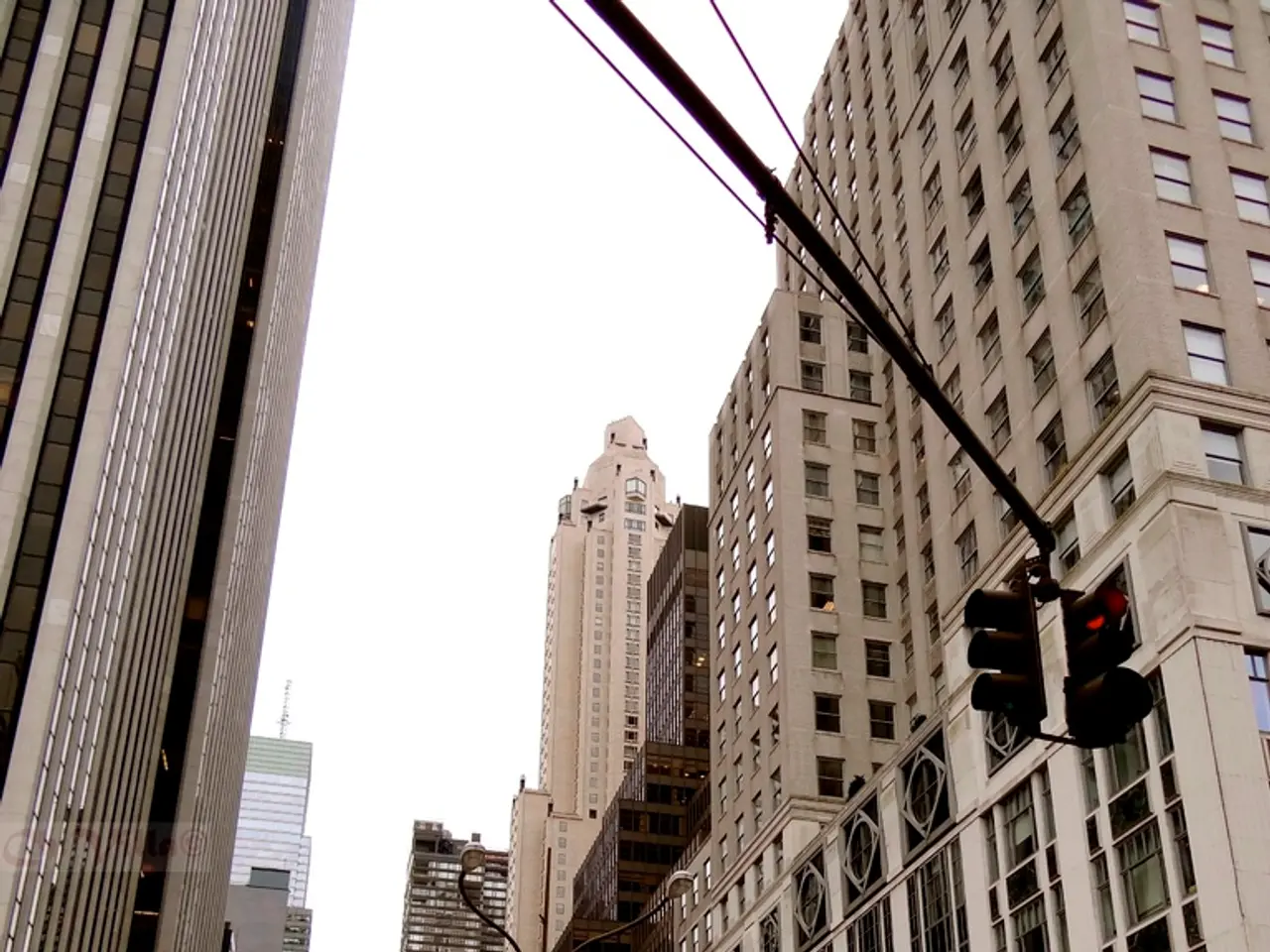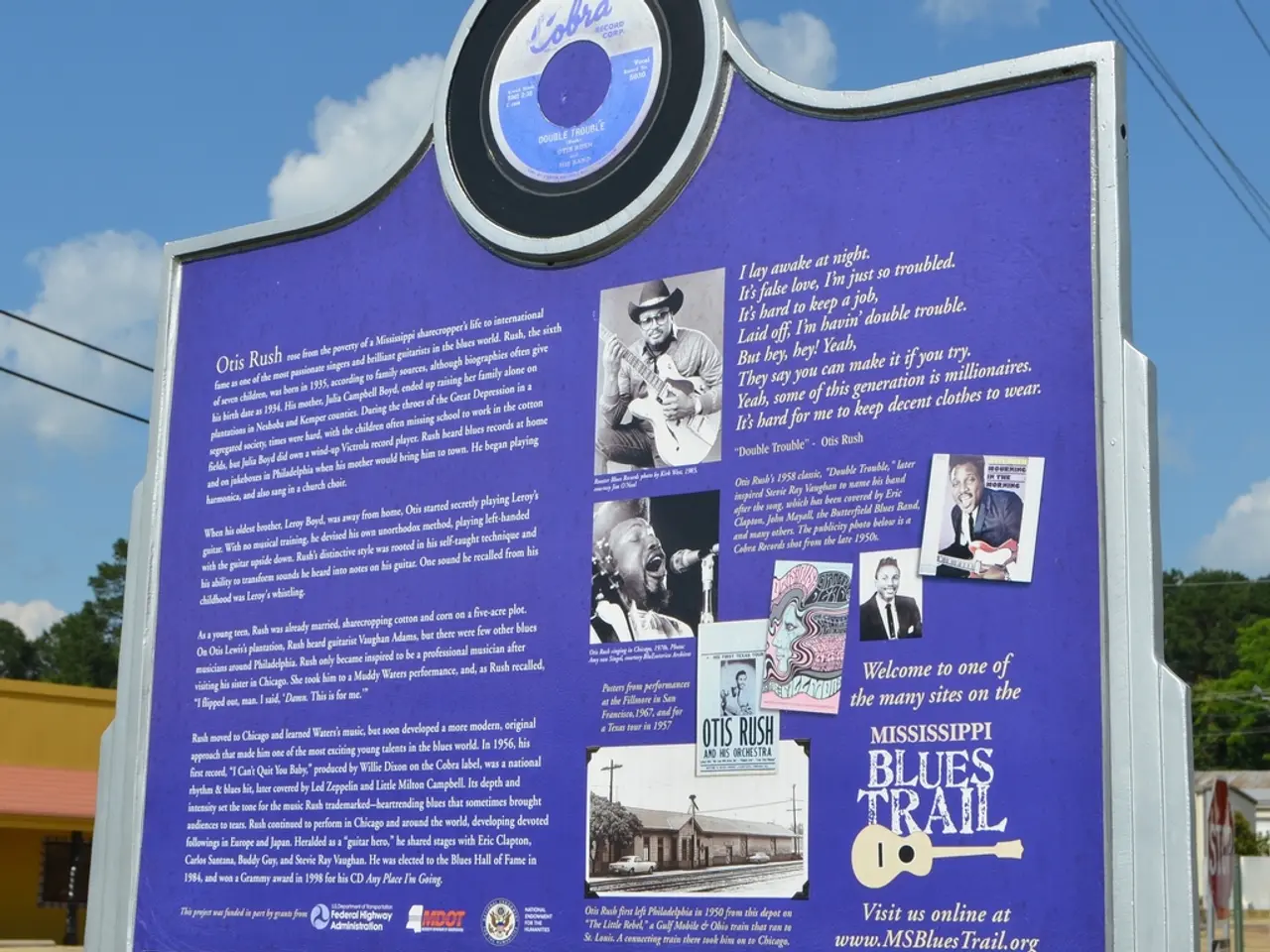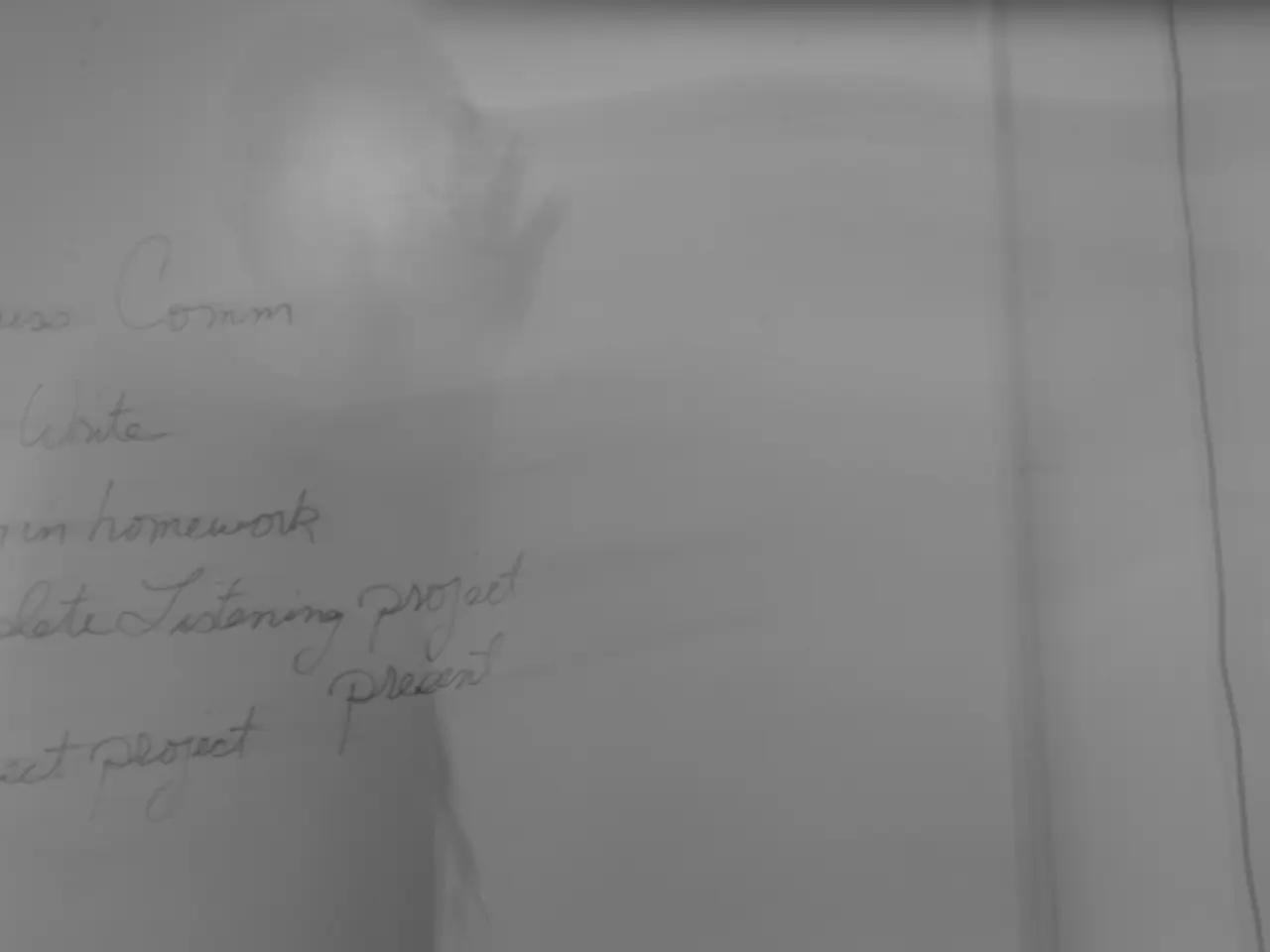Inequalities in Digital Access and Education Persist in The Bronx, According to Report
In the heart of New York City, the Bronx continues to face a significant digital divide, with more than one-third of households lacking broadband internet access and a quarter of households lacking internet-connected devices [1]. Recognising this stark disparity, The Knowledge House, a Mott Haven-based organisation, has established its headquarters in the South Bronx with a mission to address this issue [2].
The digital equity gap in the Bronx can be closed through a comprehensive approach focusing on four key areas: broadband internet affordability and access, availability of internet-connected devices, digital literacy, and tech education [1]. Current initiatives aim to tackle these challenges head-on, with specific strategies and collaborations between government, community organisations, and private sector partners.
Affordable Broadband Plans are a major strategy, with a robust public awareness campaign to enroll Bronx residents in affordable broadband options priced around $15 per month. This initiative aims to tackle the significant barrier of broadband affordability that continues to widen the divide between the Bronx and other NYC boroughs [1].
Access to Devices is another crucial aspect, with plans including the creation of programs such as the Bronx Laptop initiative. This initiative aims to provide consistent access to computers for residents who are currently cut off from these essential tools [1].
Expanding digital literacy programs is critical, with partnerships among local government, tech companies, and community organisations emphasising training to equip residents with the skills necessary to navigate online platforms and take advantage of digital services [1][2][4].
Strengthening infrastructure and connectivity alongside educational programs—especially those connected to schools and community centers—are being advocated to ensure long-term equity in tech access [2].
Government and Community Collaboration is another key element, with mayoral candidates and city officials highlighting the need for cohesive digital services, such as improving digital platforms like the MyCity portal for social services, and employing a “technology for good” approach that makes tracking and accessing services easy and equitable for low-income families [3].
Community-Based Engagement is another emphasised strategy, with a grassroots approach complementing broader infrastructure efforts. This approach leverages community-based organisations and school programs to transform digital access from within neighbourhoods [3].
Research and Advocacy are also integral to the plan, with the Bronx Community Foundation, partnering with the Center for an Urban Future, sponsoring a detailed report that provides comprehensive data and recommendations to guide these efforts, helping tailor solutions to the specific needs of Bronx residents [1][5].
Together, these initiatives represent a multi-pronged plan to close the digital divide in the Bronx by making broadband affordable and available, providing devices, improving digital literacy, and strengthening tech education, with ongoing collaboration across sectors to sustain progress.
In summary, the initiatives include affordable broadband plans, device access programs, digital literacy and skills training, tech education and infrastructure strengthening, service access improvements, community engagement, and research and advocacy. These combined measures aim to address longstanding barriers in digital equity within The Bronx [1][2][3][5].
References: [1] The Center for an Urban Future (2022). A Digital Bronx: Bridging the Equity Gap. Retrieved from https://www.cfny.org/sites/default/files/2022-10/A_Digital_Bronx_Report.pdf [2] The Knowledge House. Retrieved from https://theknowledgehouse.org/ [3] The City of New York. (2021). OneNYC 2050: A Greater New York. Retrieved from https://www1.nyc.gov/office-mayor/one-nyc-2050/ [4] The New York City Department of Information Technology and Telecommunications. (2021). NYC Tech Talent Pipeline. Retrieved from https://www1.nyc.gov/site/doit/initiatives/nyc-tech-talent-pipeline.page [5] The Bronx Community Foundation. Retrieved from https://www.bronxcommunityfoundation.org/
- The comprehensive approach to close the digital equity gap in the Bronx involves focusing on four key areas: affordable broadband plans, access to devices, digital literacy, and tech education, with strategies that include public awareness campaigns, device-lending programs, digital literacy programs, and infrastructure improvements.
- Government and community collaboration is essential to the plan, with mayoral candidates and city officials emphasizing the need for cohesive digital services, partnerships between local government, tech companies, and community organizations, and a "technology for good" approach to make digital services accessible and equitable for low-income families in the Bronx.




